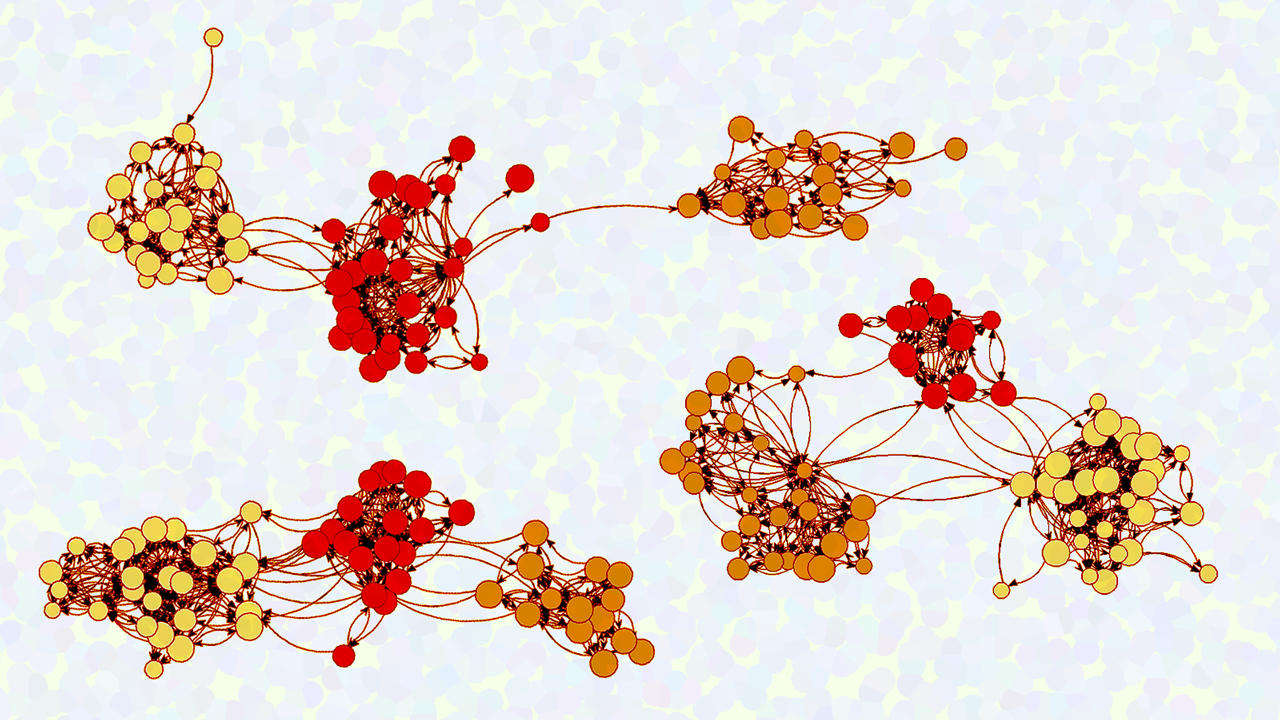
Eager to learn the latest in instructional practices that research says will better engage and educate her students, an assistant professor of biochemistry attends a virtual workshop devoted to exactly that.
A seminal theory proposed in the mid-20th century would suggest that she, as an early adopter of the innovations, might share them with fellow faculty in her department, maybe in her college, possibly even across her university. New research published in Proceedings of the National Academy of Sciences indicates that she will, too — but probably just with the choir of faculty who are already practicing what she’s preaching: https://www.pnas.org/content/early/2020/08/26/2012372117.
The article's lead author, University of Minnesota’s Kelly Lane, was previously a postdoctoral faculty member advised by Brian Couch at the University of Nebraska–Lincoln. The researchers received support from the National Science Foundation and NebraskaSCIENCE.
Surveys and network analyses of 192 STEM faculty at the University of Nebraska–Lincoln, University of South Florida and Boise State University revealed that frequent users of evidence-based instructional practices are far more likely to engage one another than colleagues less familiar with the practices.
The finding suggests that faculty networks alone are not enough to disseminate and drive the adoption of evidence-based practices that could improve undergraduate instruction and address inequities for students historically underserved by STEM classrooms.
“The idea has been that you could spread knowledge by capturing a smaller group of people, and that would then propagate out from that small group to the larger department,” said Brian Couch, associate professor of biological sciences at Nebraska. “But if we’re thinking of these people as having specialized knowledge that would be of value to the rest of the department, then the existing social structure is not providing robust channels for that information to be spread.
“It’s really allowing those high users to reflect and learn from each other, but there’s not a lot of evidence that the information is getting outside of that group.”
Led by Lane, South Florida’s Luanna Prevost, the University of Virginia’s Marilyne Stains and Couch, the research team also conducted in-depth interviews with 19 of the STEM faculty who reported regularly using evidence-based practices in the classroom. When explaining how they decide which colleagues to engage in teaching discussions, 58% of the interviewees said they seek out peers with similar teaching values, and 37% cited expertise or experience as a reason to reach out. Just 5% said they engage colleagues specifically because those colleagues conduct similar research or have similar faculty appointments.
“The categories that seemed to be driving interactions between people were more about values and expertise — things that people might have regardless of where they’re teaching or what they’re teaching — whereas the categories that weren’t as highly cited were more structural or could be assigned to a faculty member,” Couch said. “So it was really more about shared philosophy rather than obligations or other happenstance reasons that they’d be connected to each other.”
Read more:
https://news.unl.edu/newsrooms/today/article/to-the-choir-forward-thinking-faculty-sharing-innovations-mostly-among/